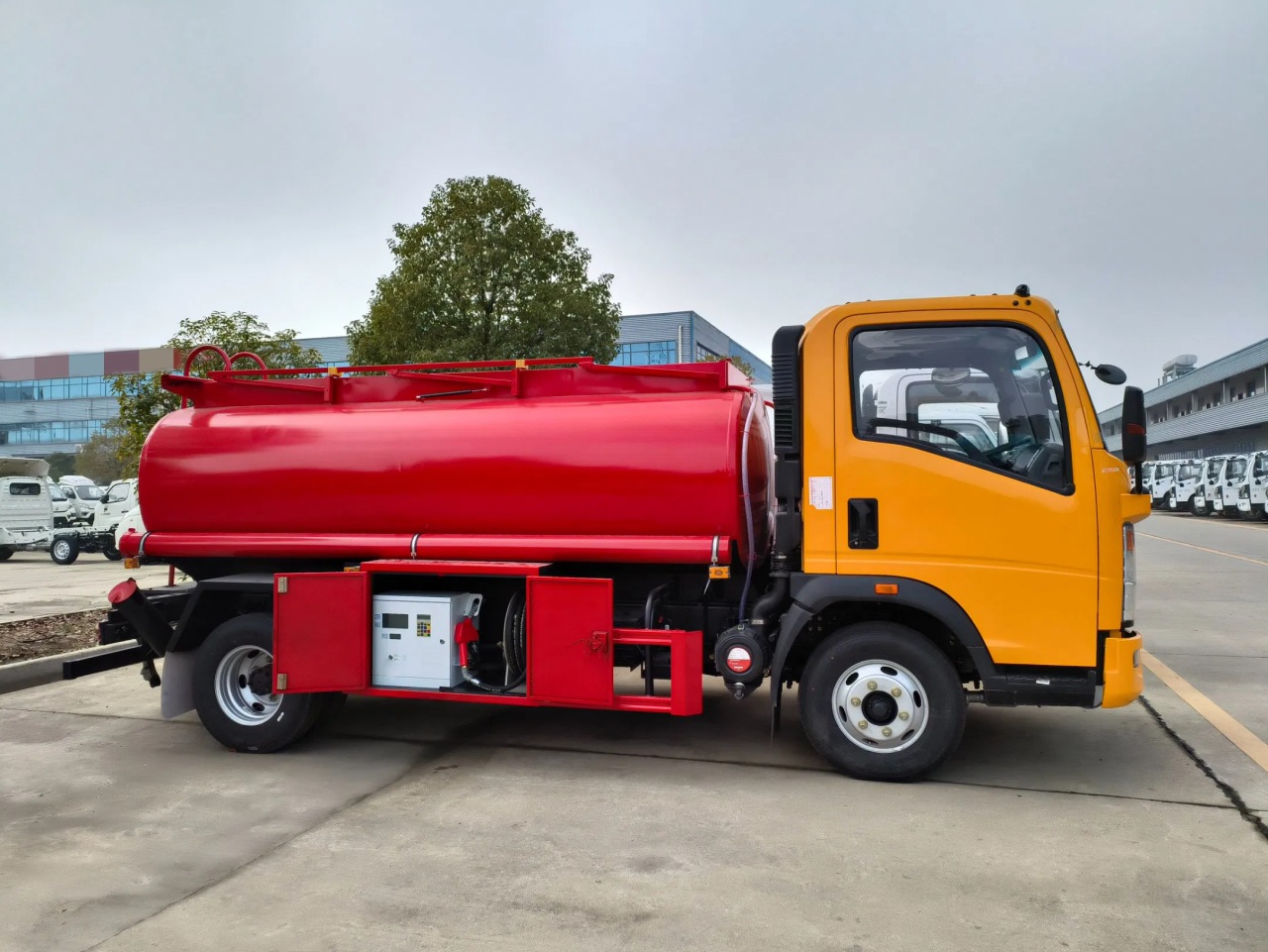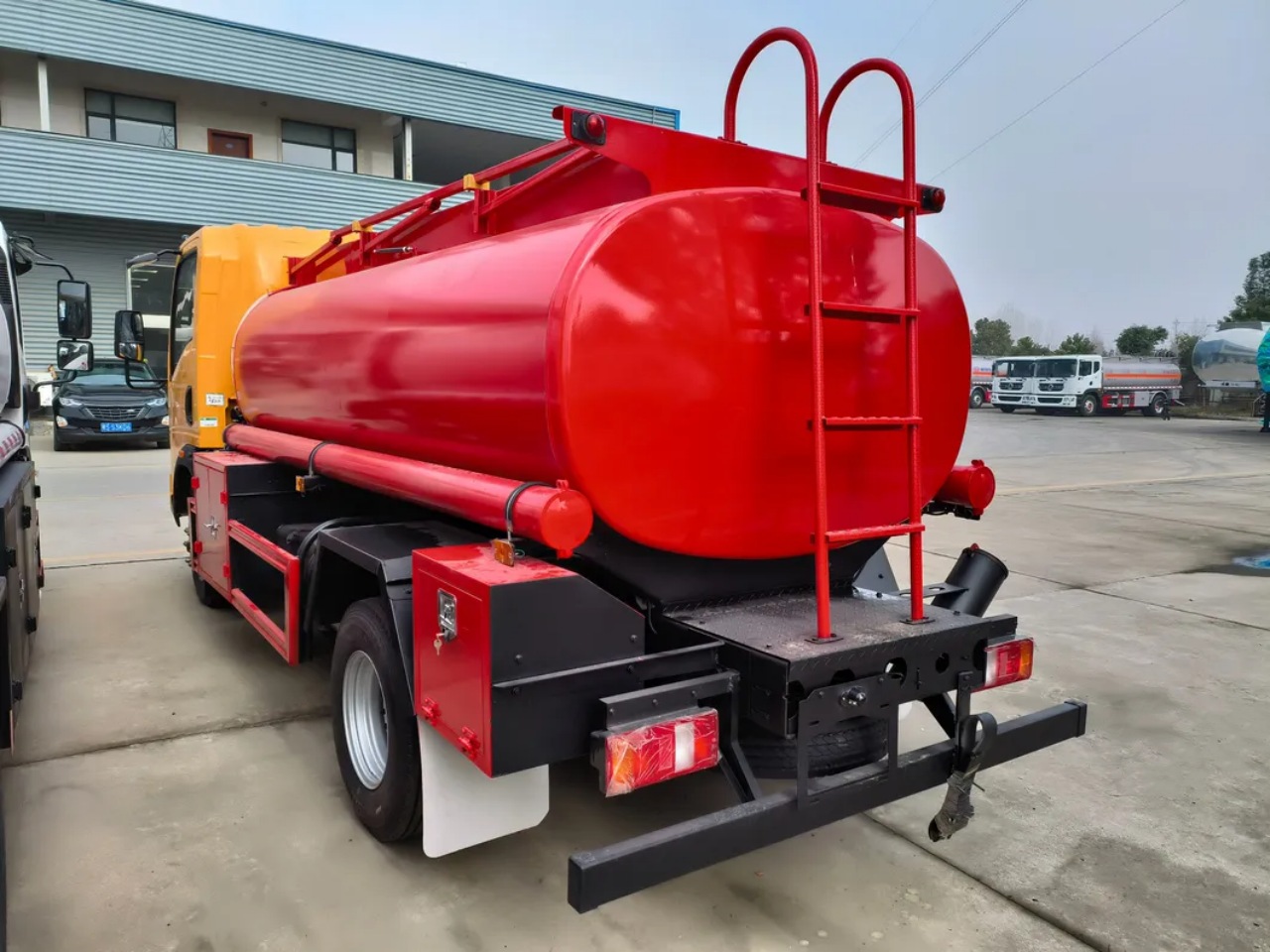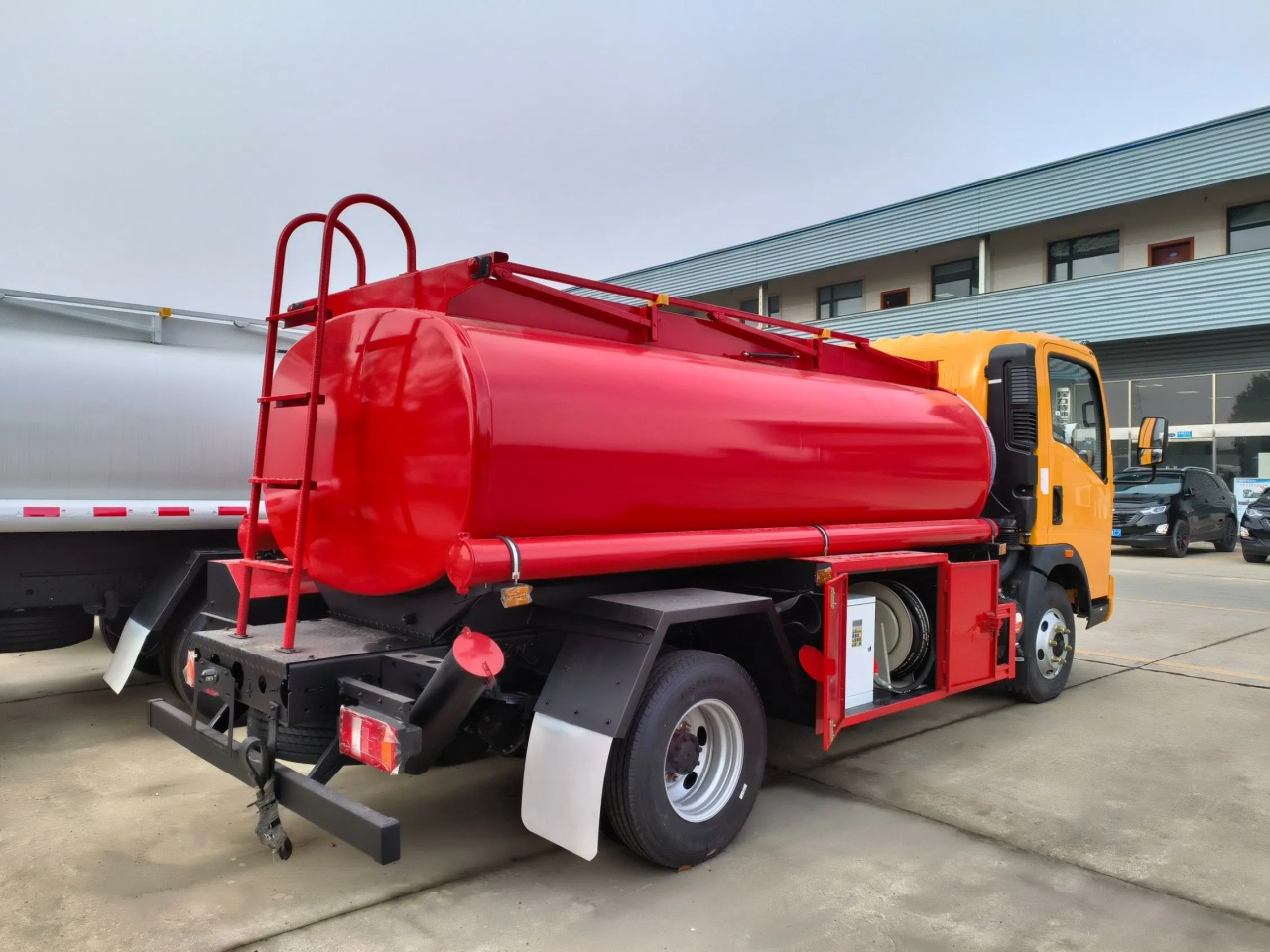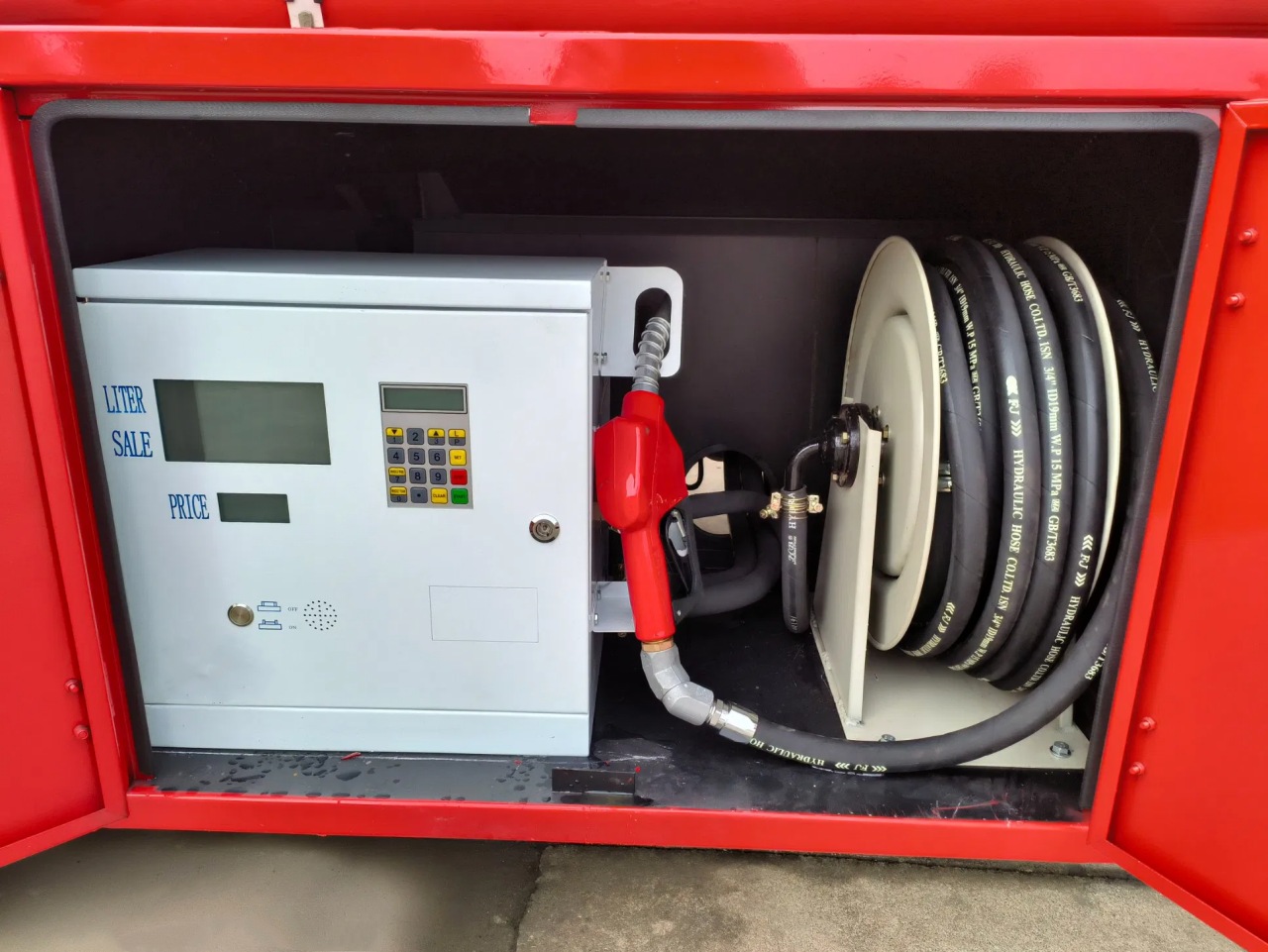Fuel bowsers, also known as fuel tankers or mobile fuel tanks, are essential in transporting and dispensing fuel to various locations. They are widely used in industries such as construction, mining, agriculture, and logistics, where mobile fueling solutions are vital for maintaining continuous operations. One common question among prospective buyers or operators is: How much does a fuel bowser weigh? The answer is not straightforward, as it depends on various factors including the tank’s capacity, construction materials, mounted chassis, fuel type, and additional equipment. This article explores the typical weights of fuel bowsers across different categories and what influences those weights.
Understanding the Basics: What Is a Fuel Bowser?
Before diving into weight specifications, it’s important to understand what a fuel bowser is. A fuel bowser is essentially a mobile unit equipped with a tank used for storing and dispensing liquid fuels such as diesel, petrol (gasoline), or aviation fuel. They can be trailer-mounted, truck-mounted, or skid-mounted, and are commonly fitted with fuel pumps, meters, hoses, and nozzles to allow accurate and efficient fuel delivery.
Fuel bowsers vary greatly in size, from small units holding a few hundred liters to large tankers capable of carrying tens of thousands of liters.
Key Factors Influencing the Weight of a Fuel Bowser
Several variables influence the weight of a fuel bowser. These include:
- Tank Capacity
The primary determinant of a bowser’s weight is the size of its tank. A 500-liter bowser will weigh significantly less than a 20,000-liter tanker. - Material of Construction
Fuel bowsers are typically made from mild steel, stainless steel, or aluminum. Steel is heavier and more durable, while aluminum is lighter but more expensive. - Chassis or Mounting Platform
A bowser mounted on a small trailer or pickup truck will be lighter than one mounted on a full-sized commercial truck or semi-trailer chassis. - Type of Fuel Carried
The density of the fuel affects the loaded weight. For instance, diesel is denser than gasoline, and both are lighter than water. - Additional Equipment
Add-ons like fuel meters, filtration units, retractable hose reels, and electronic control systems also add to the overall weight.
Unladen (Empty) Weight vs. Laden (Full) Weight
When discussing the weight of a fuel bowser, it is crucial to differentiate between:
- Unladen Weight (Tare Weight): The weight of the bowser when empty.
- Laden Weight (Gross Weight): The total weight of the bowser when fully loaded with fuel.
Both values are important for transport compliance and road safety, especially in regions with strict vehicle weight regulations.
Examples of Fuel Bowser Weights by Capacity
Here are some general weight estimates for common fuel bowser sizes. Keep in mind that these are approximate and can vary depending on design and configuration.
1. 500-Liter Fuel Bowser (Trailer Mounted)
- Tare Weight: ~250–400 kg
- Fuel Weight (Diesel): ~430 kg
- Gross Weight: ~700–850 kg
2. 1,000-Liter Fuel Bowser (Trailer Mounted or Skid)
- Tare Weight: ~450–600 kg
- Fuel Weight (Diesel): ~860 kg
- Gross Weight: ~1,300–1,500 kg
3. 3,000-Liter Fuel Bowser (Truck Mounted or Large Trailer)
- Tare Weight: ~1,200–1,800 kg
- Fuel Weight (Diesel): ~2,580 kg
- Gross Weight: ~3,800–4,400 kg
4. 5,000-Liter Fuel Bowser (Truck Mounted)
- Tare Weight: ~2,000–2,800 kg
- Fuel Weight (Diesel): ~4,300 kg
- Gross Weight: ~6,500–7,100 kg
5. 10,000-Liter Fuel Tanker (Commercial Truck)
- Tare Weight: ~4,000–5,500 kg
- Fuel Weight (Diesel): ~8,600 kg
- Gross Weight: ~12,600–14,100 kg
6. 20,000-Liter Fuel Tanker (Semi-Trailer)
- Tare Weight: ~6,000–8,500 kg
- Fuel Weight (Diesel): ~17,200 kg
- Gross Weight: ~23,000–25,700 kg
Regulations and Compliance
Operators must adhere to regional transport laws concerning maximum vehicle weight. Overloading a fuel bowser not only violates the law but also increases risks such as brake failure, tire blowouts, and structural damage to the road.
Most jurisdictions require:
- Adherence to maximum axle load limits.
- Use of certified tanks with baffles to prevent fuel sloshing.
- Proper placarding for hazardous materials transport.
When purchasing a fuel bowser, always consult with the manufacturer or dealer to ensure that the weight aligns with the towing or hauling capacity of your vehicle.
How to Calculate Your Fuel Bowser’s Weight
If you have a specific fuel bowser and want to estimate its total weight, use this simple approach:
- Determine Tare Weight: Check the manufacturer’s specifications.
- Calculate Fuel Weight: Multiply the fuel volume (liters) by the fuel’s density (kg/L). For diesel, it’s approximately 0.86 kg/L.
- Add Equipment Weight: Account for additional accessories if not included in the tare weight.
- Total Gross Weight = Tare Weight + Fuel Weight + Accessories Weight
Final Thoughts
The weight of a fuel bowser can vary significantly depending on its size, build quality, mounting platform, and fuel load. A small trailer-mounted 500-liter bowser might weigh under a ton when full, whereas a 20,000-liter fuel tanker can weigh over 25 tons when loaded.
Knowing the weight of your fuel bowser is critical for ensuring compliance with transportation laws, choosing the right towing vehicle, and operating safely. When in doubt, always refer to the manufacturer’s technical specifications or consult with professionals in the field.
Whether you’re managing a fleet of mobile refueling trucks or simply need a small bowser for on-site fueling, understanding the weight considerations will help you make informed, safe, and efficient operational decisions.






